Notability is a great option for basic annotation and note-taking, but is it enough for your needs? We'll look at whether Notability annotate PDF is all you need, or if you should choose an alternative tool when annotating and working with PDFs.
Read on to learn how to annotate PDF in Notability and explore an alternative tool with more advanced features.
Part 1: Can Notability Annotate PDFs?
Yes, you can make basic annotations on PDFs using Notability. There are three main annotation tools:
- Text highlighting - you can select any section of text and apply a range of different highlighting colors to it.
- Drawing or handwriting - use a stylus or your finger to hand write notes onto the PDF, or to annotate with hand-drawn elements such as underlining and arrows.
- Text boxes allow you to type notes and annotations onto the PDF.
If you'd like a wider range of annotation tools, you'll need to try a different PDF editor.
UPDF has a huge selection of tools for annotating PDFs. As well as the basics provided by Notability, you can also use sticky notes, custom stamps and signatures, and more.
While Notability is primarily a note-taking software, UPDF is an excellent Notability alternative, which is designed to be a one-stop shop for all your PDF editing and creation needs. It goes beyond simple note-taking and offers tools to help at all stages of study from reading to producing a presentation.
There's a sale on right now, making it the perfect time to add UPDF to your arsenal of tools. Just click below to give it a try.
Windows • macOS • iOS • Android 100% secure
Part 2: A Step-by-Step Guide to Annotating PDFs in Notability
Once you've installed Notability on your device, (it works for iPhone, iPad and Mac), it's easy to get started with annotating PDFs.
Follow along below to learn how Notability annotates PDFs.
Step 1. Locate the PDF you want to work with on your device.
Step 2. Tap on it and select Open In > Notability.
Step 3. Once the PDF is open in Notability, you can use the Toolbox bar, at the top of your screen to select an annotation tool from the following options:
- Pen or pencil - tap on the tool and start writing or drawing with your finger or a stylus.
- Highlighter - use this in the same way as the pencil. It uses translucent ink to draw attention to important aspects of the text.
Step 4. Choose the 'T' icon to use a text box to add typed annotations to your PDF. Tap on the text tool, tap the desired area for the text box, and start typing.
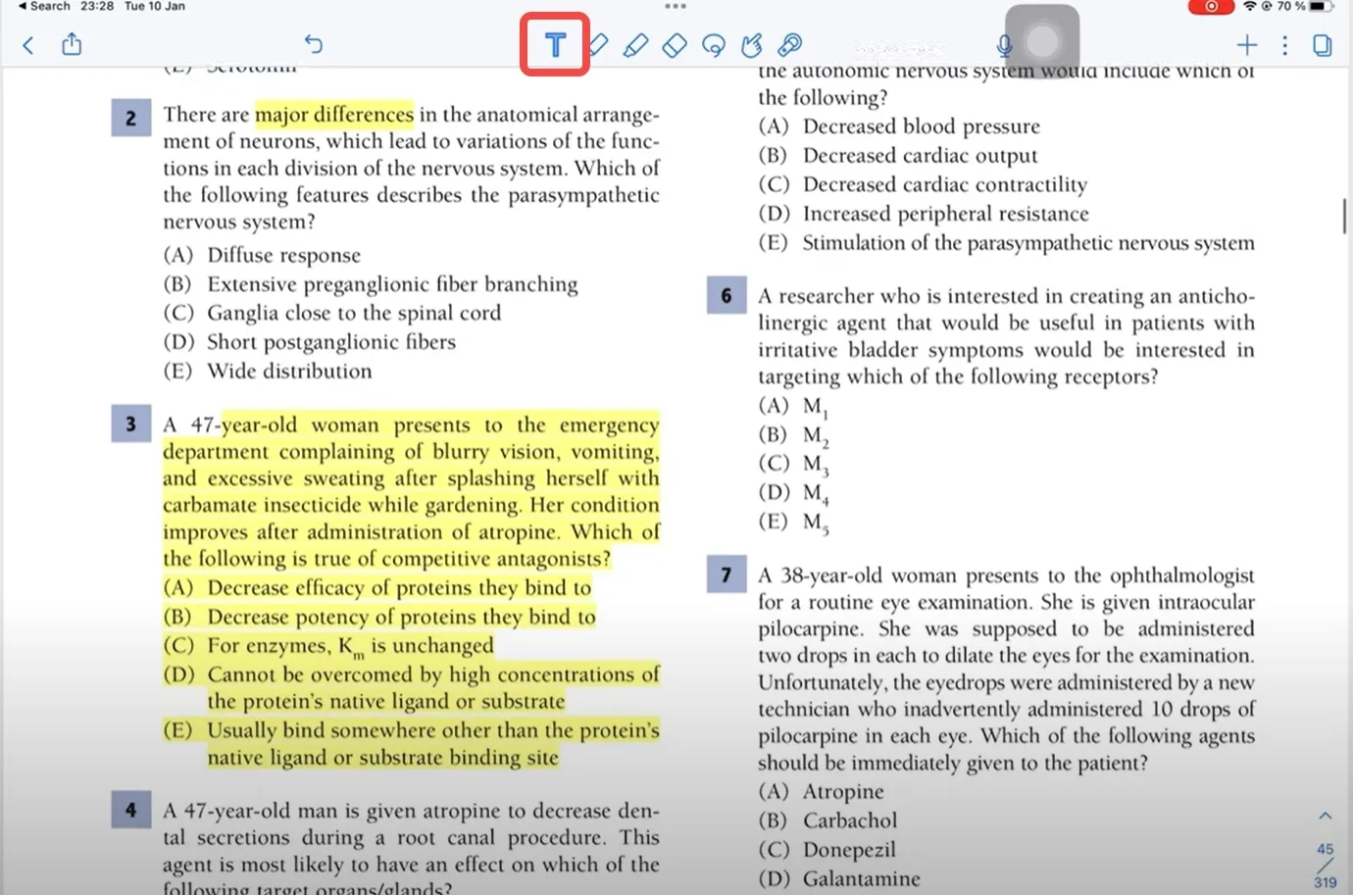
Step 5. In addition to the highlighter tool in the Toolbox, you can long-press on any area of text and highlight it that way, creating a neat line of translucent highlighting.
Step 6. There's also a Tape option that allows you to cover up selected information temporarily, for example when testing your recall of a topic.
Step 7. Use the image button to insert stickers, GIFs or sticky notes.
Step 8. It's also possible to erase your writing or drawing using the eraser tool.
Part 3: Looking for a Better Option? Try UPDF for Complete Freedom in Annotation
Notability is a great tool for basic note-taking. It lets you handwrite annotations and add basic elements to a document to help you when studying.
If you need more freedom when annotating, and you're looking for the ability to create detailed markup, then Notability might not be the best fit. Instead, consider trying UPDF.
When it comes to PDF annotation, UPDF is unparalleled. It offers easy access to a range of basic annotation tools, as well as the freedom to create your own custom elements. For example, you can create custom stamps and stickers, or link out to other related resources.
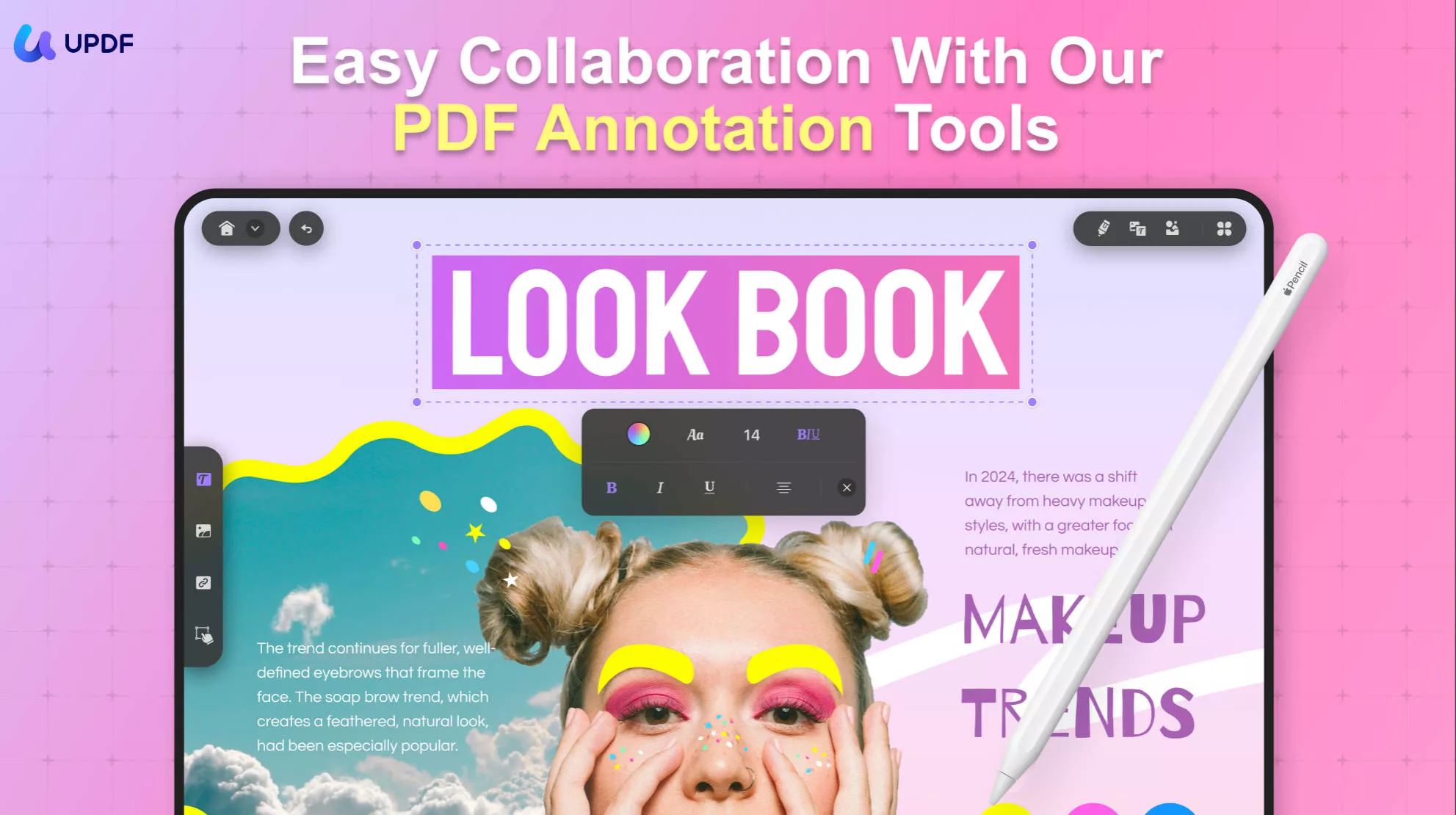
As well as the obvious advantage of more sophisticated annotation tools, UPDF has features to help you at every step of your workflow.
- Create documents from scratch, or convert other formats into PDF making them easy to work with.
- Use advanced OCR technology to convert handwritten notes into typed text - no more struggling to understand your own handwriting when you come to revise for exams.
- Edit the PDF itself, adding, removing, or changing elements to suit the way you like to work.
- Use the AI Assistant to help with idea generation, summarizing, translating, or explaining. The AI assistant also automatically generates questions after summarizing a document, making it a great way to check your understanding.
- Work more efficiently with batch processes, allowing you to convert, compress and encrypt multiple PDFs at once, or to insert pages to many PDFs in one go.
- Use both digital and electronic signatures, and fill and sign PDFs with ease.
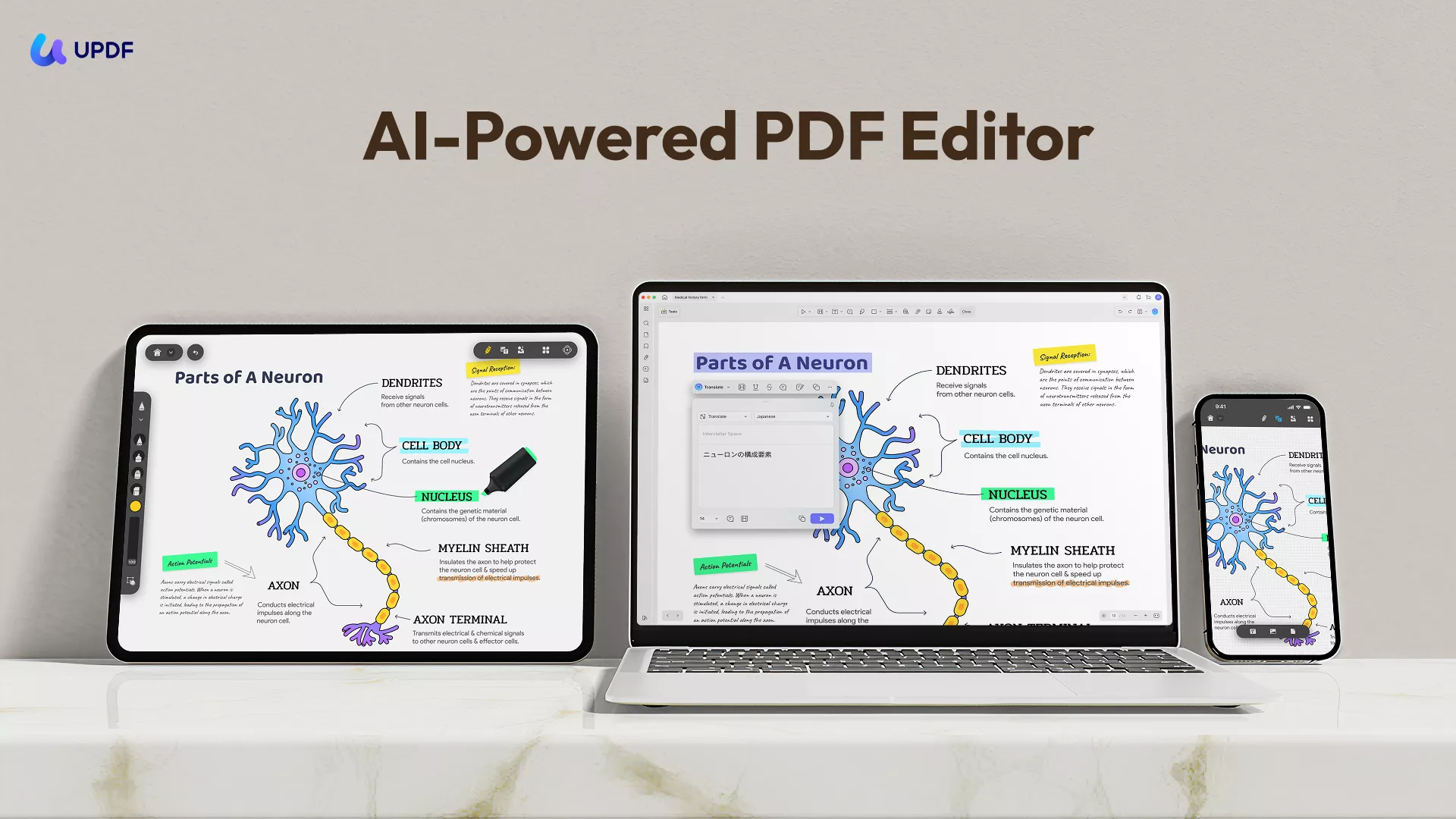
If all of this has piqued your interest, you'll want to hop over and grab UPDF today, taking advantage of our 2-year anniversary sale. Click here to save 60%, or, download it for a free trial first.e
Windows • macOS • iOS • Android 100% secure
Part 4: FAQs About Annotating PDFs in Notability
Hopefully the above has given you enough to get started with annotating PDFs in Notability. This section looks at some of the frequently asked questions about working with Notability.
1. How do I split a PDF in Notability?
Since Notability is designed as a note-taking app rather than a PDF editor, there's no built-in way to split PDFs. However, there is a workaround.
●Choose Select from the Page Manager menu.
●Tap or click to select the thumbnails you'd like to split into a separate PDF.
●Choose Copy to copy the pages to your clipboard.
●Open a new note and paste the pages in. If that feels a little clumsy, consider a PDF editor like UPDF, which has a splitting feature built-in, making the process more streamlined and intuitive.
If you just need to annotate PDF Notability is a useful tool. If you want to edit PDFs more generally, then you're better off picking a tool that's designed for the job.
2. Why can't I write on Notability?
This might be because you're trying to write using your finger, despite having an Apple Pencil connected to the app.
To disconnect the pencil, and allow you to write with your finger, tap and hold the highlighter or pencil tool in the Toolbox and then click Disconnect Apple Pencil.
3. Is Notability better than Goodnotes?
Both are great choices when it comes to note-taking.
We can't make a definitive statement about which is best because it comes down to personal preferences.
Goodnotes has added an AI writing aid which some users will see as a huge positive. Notability has a more streamlined, intuitive interface, it tends to get out of its own way, allowing the functional elements to speak for themselves.
Both apps can be used for free in a limited capacity, both require a paid subscription to use all the features. We'd recommend you take advantage of those free versions and test to see which you like best.
4. Can you edit text on PDF in Notability?
Notability isn't designed for editing PDFs other than to annotate them for notetaking and study purposes. You can edit the text you create in Notability, your handwritten annotations, drawings, or the contents of your text boxes. You can't edit the text of the original PDF.
Again, if you want to edit a PDF, including the ability to change text, or swap out images, UPDF is a better choice.
Wrapping Up
If you're looking for a solid note-taking tool that works across your Apple devices, Notability is a great pick. It has basic annotation tools that let you use handwriting and highlighting to take notes on PDFs.
If you need more advanced annotation tools, then UPDF is the better choice. It's also useful for far more than just notetaking. UPDF offers a full range of tools for working with PDFs from ideation to collaboration. Give it a shot now!
Windows • macOS • iOS • Android 100% secure
 UPDF
UPDF
 UPDF for Windows
UPDF for Windows UPDF for Mac
UPDF for Mac UPDF for iPhone/iPad
UPDF for iPhone/iPad UPDF for Android
UPDF for Android UPDF AI Online
UPDF AI Online UPDF Sign
UPDF Sign Edit PDF
Edit PDF Annotate PDF
Annotate PDF Create PDF
Create PDF PDF Form
PDF Form Edit links
Edit links Convert PDF
Convert PDF OCR
OCR PDF to Word
PDF to Word PDF to Image
PDF to Image PDF to Excel
PDF to Excel Organize PDF
Organize PDF Merge PDF
Merge PDF Split PDF
Split PDF Crop PDF
Crop PDF Rotate PDF
Rotate PDF Protect PDF
Protect PDF Sign PDF
Sign PDF Redact PDF
Redact PDF Sanitize PDF
Sanitize PDF Remove Security
Remove Security Read PDF
Read PDF UPDF Cloud
UPDF Cloud Compress PDF
Compress PDF Print PDF
Print PDF Batch Process
Batch Process About UPDF AI
About UPDF AI UPDF AI Solutions
UPDF AI Solutions AI User Guide
AI User Guide FAQ about UPDF AI
FAQ about UPDF AI Summarize PDF
Summarize PDF Translate PDF
Translate PDF Chat with PDF
Chat with PDF Chat with AI
Chat with AI Chat with image
Chat with image PDF to Mind Map
PDF to Mind Map Explain PDF
Explain PDF Scholar Research
Scholar Research Paper Search
Paper Search AI Proofreader
AI Proofreader AI Writer
AI Writer AI Homework Helper
AI Homework Helper AI Quiz Generator
AI Quiz Generator AI Math Solver
AI Math Solver PDF to Word
PDF to Word PDF to Excel
PDF to Excel PDF to PowerPoint
PDF to PowerPoint User Guide
User Guide UPDF Tricks
UPDF Tricks FAQs
FAQs UPDF Reviews
UPDF Reviews Download Center
Download Center Blog
Blog Newsroom
Newsroom Tech Spec
Tech Spec Updates
Updates UPDF vs. Adobe Acrobat
UPDF vs. Adobe Acrobat UPDF vs. Foxit
UPDF vs. Foxit UPDF vs. PDF Expert
UPDF vs. PDF Expert

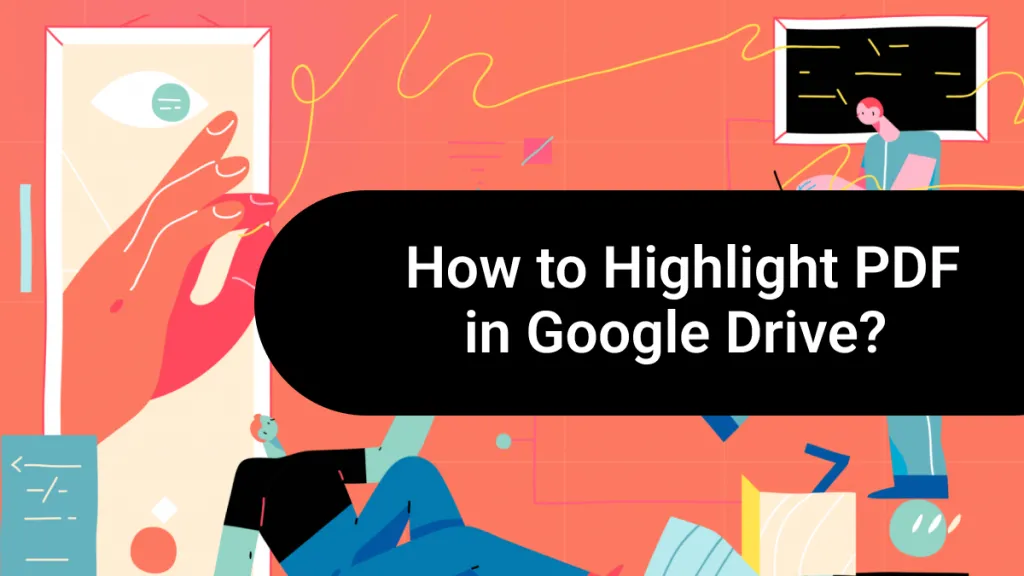
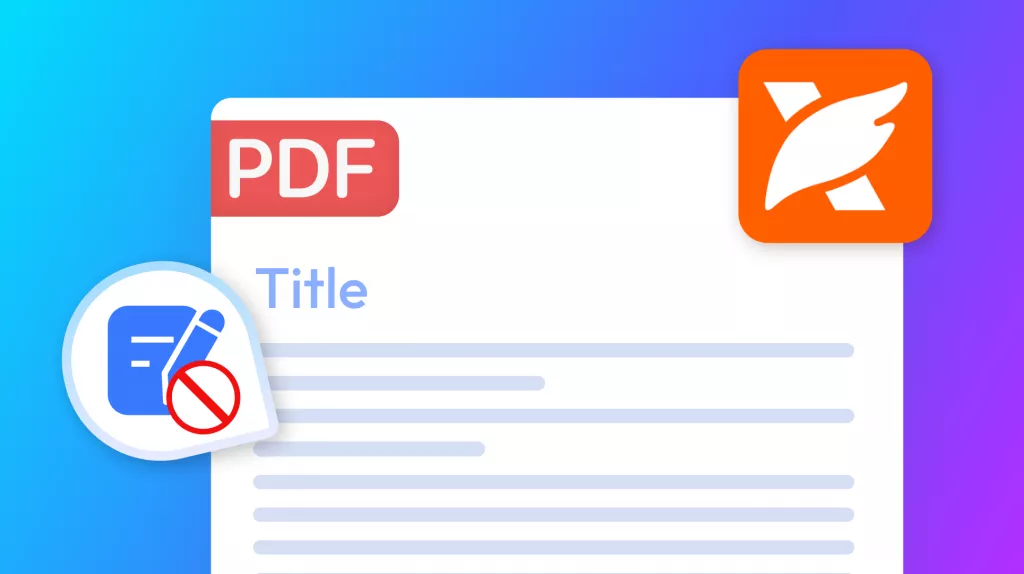

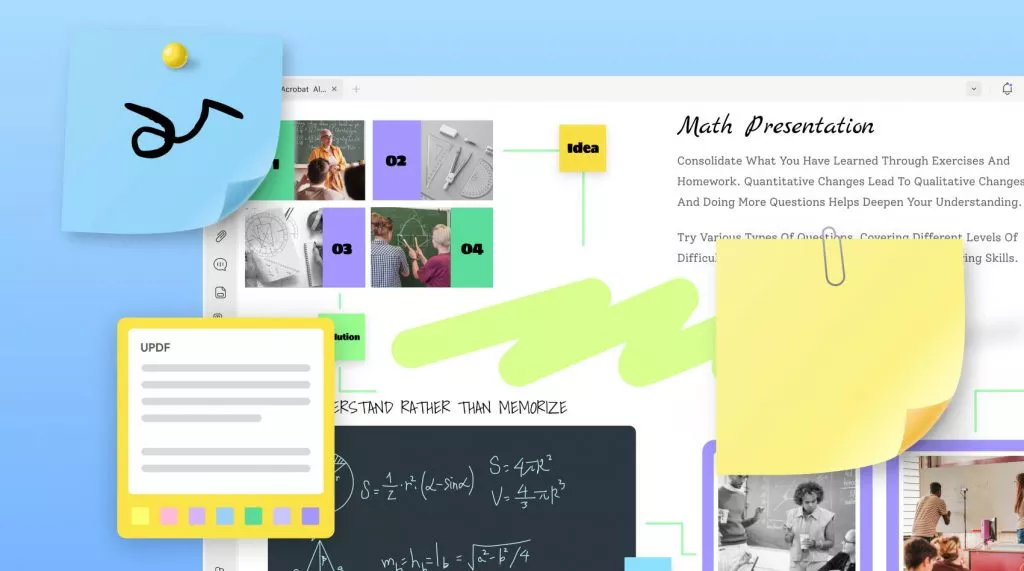
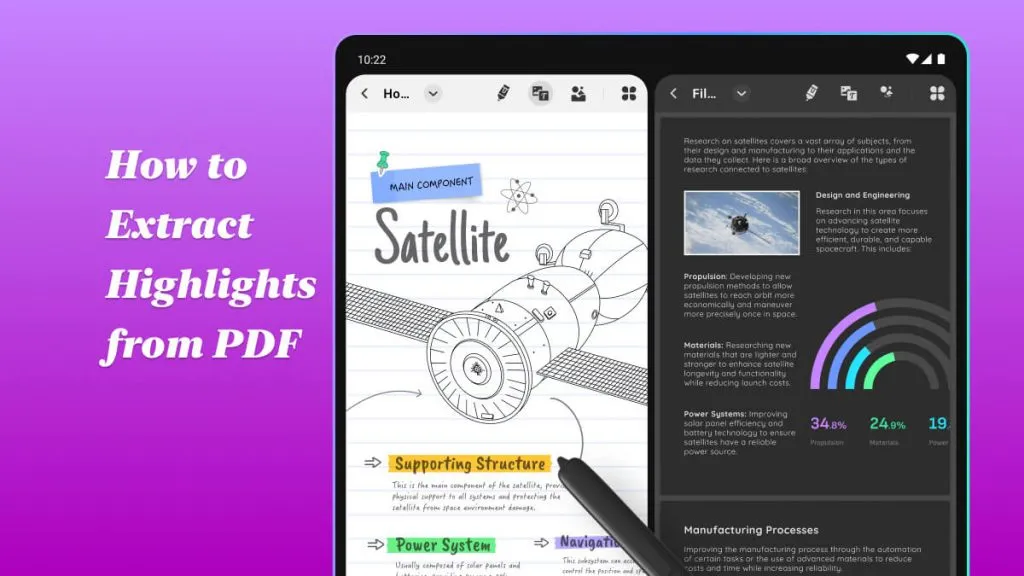


 Lizzy Lozano
Lizzy Lozano 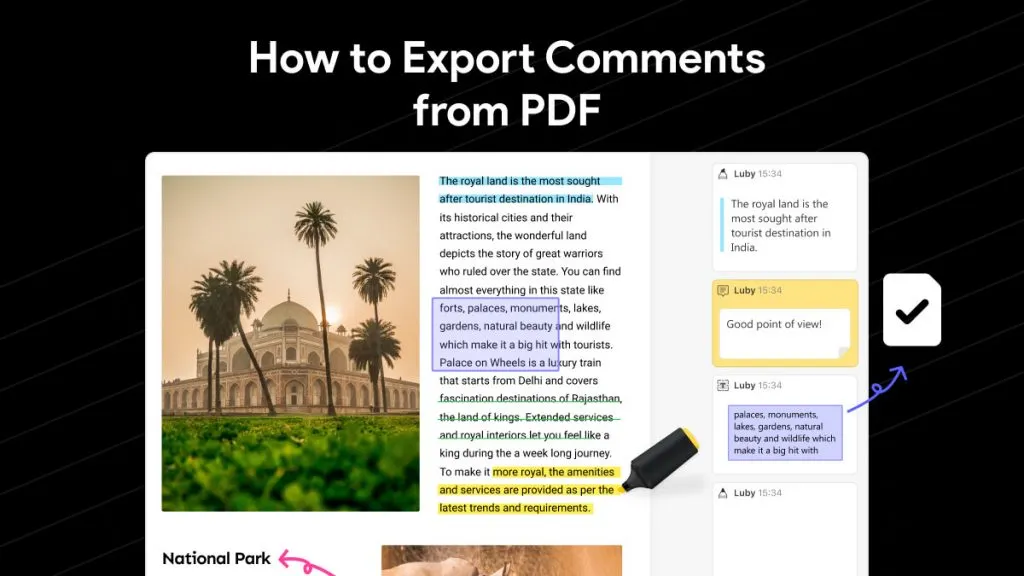
 Enya Moore
Enya Moore 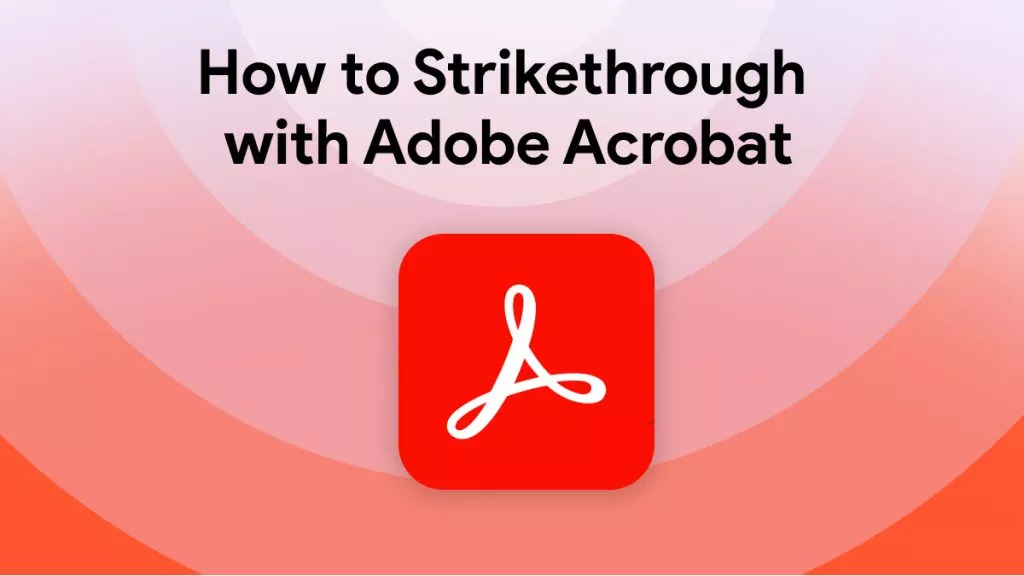
 Enola Miller
Enola Miller 
 Engelbert White
Engelbert White 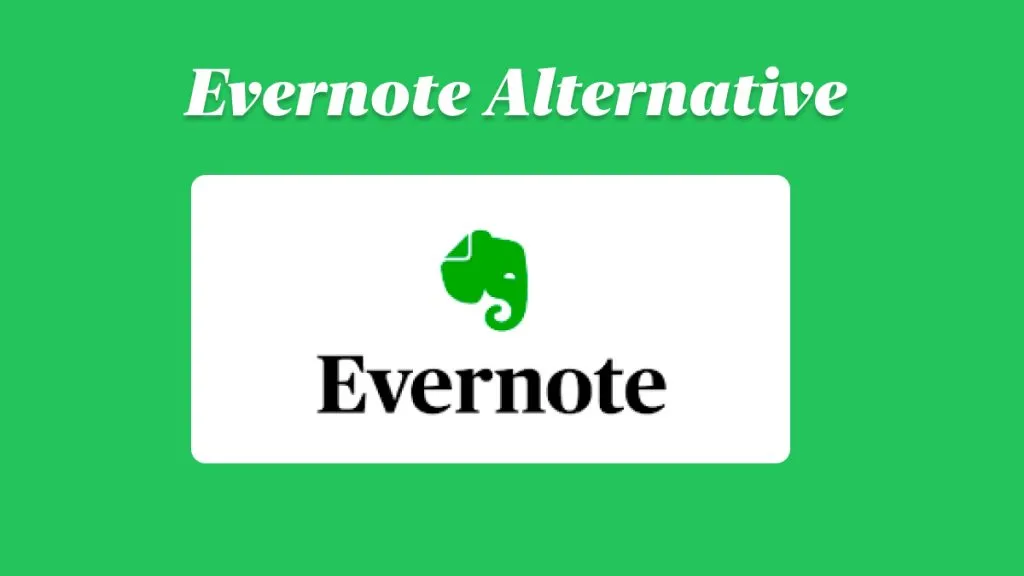
 Enrica Taylor
Enrica Taylor